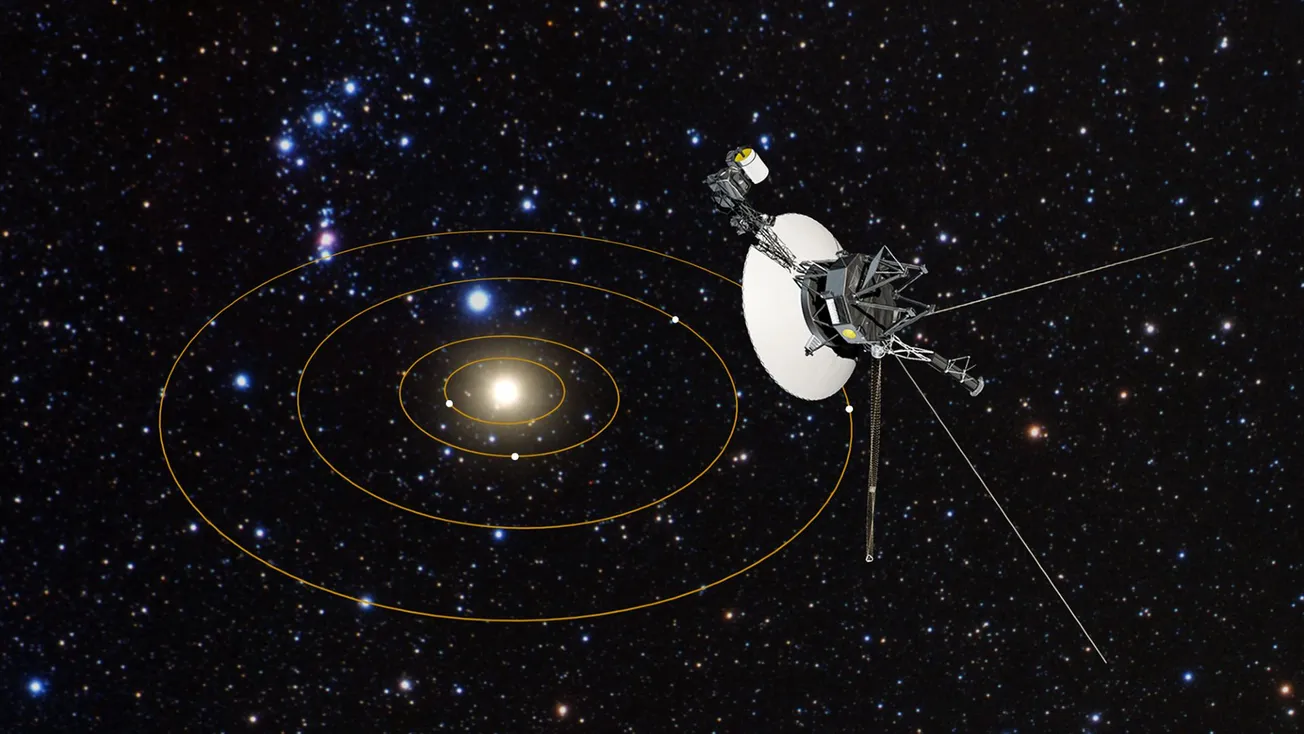Table of Contents
Hope springs eternal for the return of the thylacine. New scientific research related to another species, currently on the edge of extinction, may one day give such hopes some credence.
Almost as common as dodgy “sightings” of the almost-certainly-extinct Tasmanian tiger, are hopeful speculations that, Jurassic Park-style, scientists will be able to use remnant DNA to resurrect the species.
There’s just one problem with that, though: there’s very little remnant DNA to work with. There are hardly more than a couple of dozen biological relics of the thylacine known to exist. Whether DNA can be successfully extracted from all of them is a fraught question. So, the likelihood is that, even should science miraculously resurrect the species, there wouldn’t be a viable population to breed up. The creatures would be doomed to go extinct again.
Or would they?
Despite being reduced to just 51 individuals, New Zealand’s kakapo have survived in-breeding remarkably well. Now, research aimed at saving the northern white rhinoceros from extinction may – may – hold out some hope for any putatively resurrected thylacines.
The northern white rhinoceros is doomed to extinction. All traces of the subspecies vanished from the wild in 2007 – likely the victims of poachers. The last remaining male, Sudan, died in captivity in 2018, leaving only his daughter, Najin, and his granddaughter, Fatu, as the last surviving members. Both live under 24-hour protective custody at Ol Pejeta Conservancy, Kenya. However, health complications prevent either from carrying a calf to term.
A consortium of scientists and conservationists are working on a project dubbed BioRescue, hoping to use advanced technologies to resurrect and repopulate the subspecies.
The first objective was to develop and refine the procedures necessary to produce new northern white rhino offspring. But with no living member capable of reproducing, the team would need to create its own path to reproduction with novel technologies.
To that end, the consortium began collecting eggs from Najin and Fatu to be matured and fertilized into viable embryos. Since 2019, a team of veterinarians and conservationists has collected eggs on 13 separate occasions, and from those collections, they have managed to successfully fertilize 29. These fertilized embryos are currently cryopreserved in liquid nitrogen at the Avantea laboratory in Cremona, Italy […]
Currently, BioRescue uses preserved semen from four deceased northern white rhinos to fertilize the eggs.
The problem, though is obvious. It’s the same issue as would face any resurrected thylacines: too few individuals to sustain a viable population. Here is where BioRescue is advancing into truly cutting-edge technology.
To promote genetic diversity and build resilience in future populations, the consortium is looking toward another advanced reproductive technology: the artificial creation of reproductive cells.
Cryobanks at the San Diego Zoo and the Leibniz Institute for Zoo and Wildlife Research house ordinary tissue cells from other northern white rhinos. Scientists are using those regular adult cells to generate pluripotent stem cells – that is, cells reprogrammed back into an embryonic-like state. They then hope to transform these stem cells into artificial reproductive cells. If successful, it would add several new genetic lines for scientists to work with and also ease the scarcity of resources for future experiments.
That’s just the beginning of the scientific challenges, though.
Even if those hurdles are overcome, there is still one more to clear: Scientists must develop an in-vitro fertilization (IVF) technique to birth a baby rhino […]
As such, BioRescue will have to test any procedure with a southern white rhino first. If that proves the IVF technique can work, the next step would be to transfer a northern white rhino embryo to a surrogate southern white mother.
Even here, unknowns await. While the northern and southern white rhinos are classified as subspecies of the same species, there are important physiological differences between the two. Some taxonomists even argue that they are physically and genetically distinct enough to be considered two separate species. It therefore remains an open question whether a southern white rhino can carry a northern white rhino calf to term.
FreeThink
So, that’s a whole lot of maybes, ifs and pure speculation. But, if BioRescue succeed with the northern white rhino, it opens the scientific doors to other recently extinct species.
Including, maybe – although it’s a very, very long stretch – the Tasmanian tiger.









